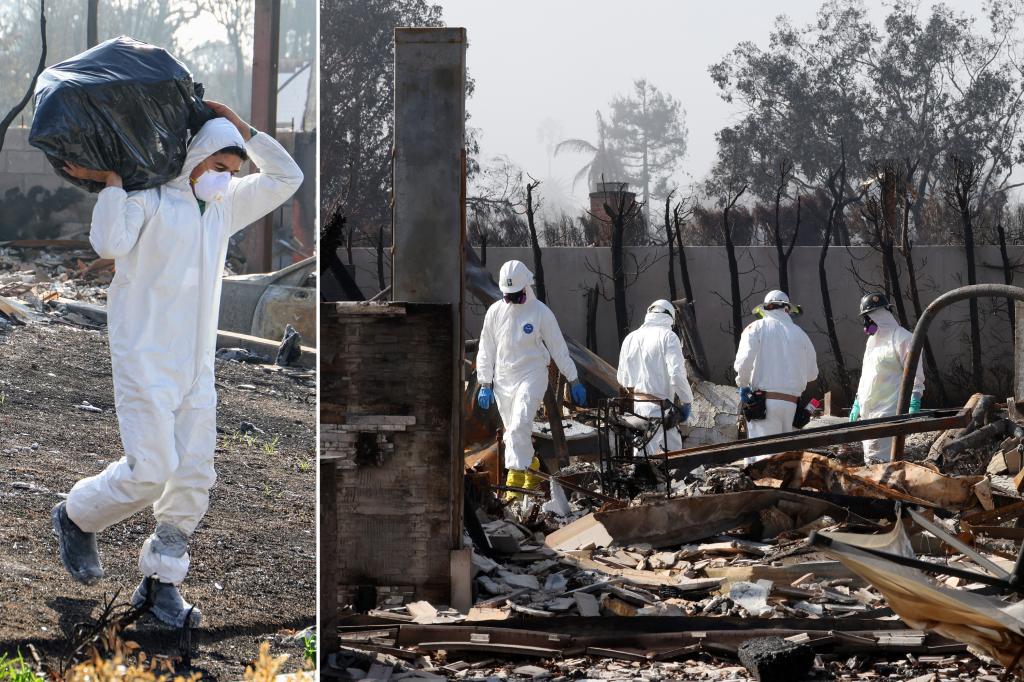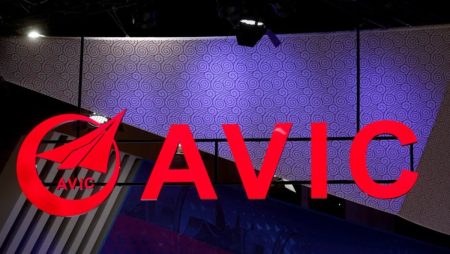The aftermath of the devastating Los Angeles wildfires presents a complex and frustrating challenge for homeowners as they grapple with the arduous process of rebuilding their lives. While the infernos have been contained, the monumental task of clearing the debris and ash from thousands of destroyed homes is hampered by bureaucratic red tape, potentially delaying reconstruction for up to 18 months. Although a federal program exists to cover the cost of debris removal, navigating the layers of bureaucracy involving Los Angeles County, the Army Corps of Engineers, and the Environmental Protection Agency is proving to be a significant hurdle. This leaves homeowners with the difficult choice of either incurring substantial out-of-pocket expenses for private debris removal or enduring a prolonged waiting period before they can even begin to rebuild.
The bureaucratic labyrinth involves a series of steps that can stretch out the timeline for debris removal. Homeowners must first submit a right of entry form to the county, which initiates a review process before granting access to the Army Corps of Engineers. The Corps then hires a contractor who subsequently contacts the homeowner for approval to survey the property. This convoluted process can be further complicated by issues such as deceased property owners or unavailable trustees, which can significantly delay the paperwork. While these situations may represent a minority of cases, they contribute to the overall backlog and highlight the systemic inefficiencies plaguing the recovery effort. Estimates suggest that one in five properties could face a cleanup delay exceeding a year, with the possibility of a full 18 months before all sites are cleared.
Adding to the homeowners’ plight is the emergence of unscrupulous contractors and landlords seeking to exploit their vulnerability. Unlicensed contractors employ deceptive tactics, offering seemingly attractive deals for repair work, only to demand upfront cash payments or substantial down payments before disappearing with the money. These scams involve using inferior materials, fabricating additional repairs, and ultimately abandoning the project, leaving homeowners financially devastated. The Los Angeles Department of Business and Consumer Affairs has issued warnings about these predatory practices, urging residents to exercise caution and verify the credentials of any contractor before engaging their services.
The housing crisis exacerbated by the wildfires has also created an environment ripe for exploitation by landlords. Despite a state law prohibiting rent increases exceeding 10% during emergencies, some landlords have disregarded this regulation and drastically inflated rental prices, taking advantage of displaced families desperate for housing. This price gouging has led to legal action against several landlords who attempted to charge exorbitant rates to fire evacuees. The state attorney general’s office has intervened, filing charges against landlords who violated the price gouging law, demonstrating a commitment to protecting vulnerable residents from predatory practices.
As homeowners navigate the complex recovery process, they face the daunting task of sifting through the remnants of their homes, searching for valuable possessions, cherished mementos, and even the remains of beloved pets. Clad in hazmat suits, they cautiously comb through the potentially toxic ash, hoping to salvage what little remains of their former lives. Simultaneously, the Environmental Protection Agency conducts lot-by-lot assessments, identifying and removing hazardous materials such as paint, batteries, and pesticides, further adding to the complexity and duration of the recovery efforts.
The extended timeline for debris removal and the prevalence of fraudulent contractors and opportunistic landlords pose significant challenges for homeowners struggling to rebuild their lives after the devastating wildfires. The bureaucratic hurdles, coupled with the risk of exploitation, create an environment of uncertainty and frustration. As the recovery process unfolds, it underscores the critical need for streamlined procedures, enhanced oversight, and stricter enforcement of regulations to protect vulnerable homeowners and ensure a more efficient and equitable path towards rebuilding. The combined efforts of government agencies, community organizations, and vigilant residents will be crucial in mitigating the long-term impacts of these devastating fires and facilitating the eventual return to normalcy.










